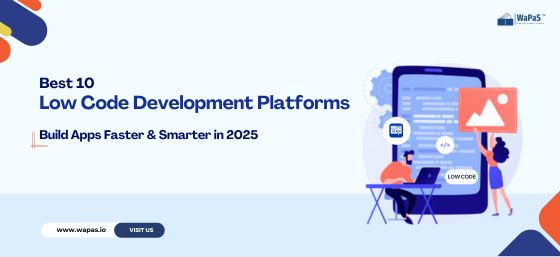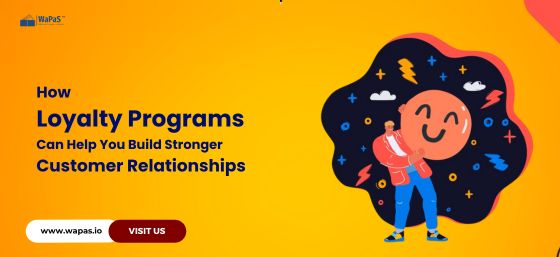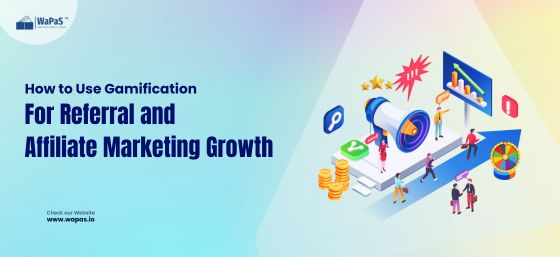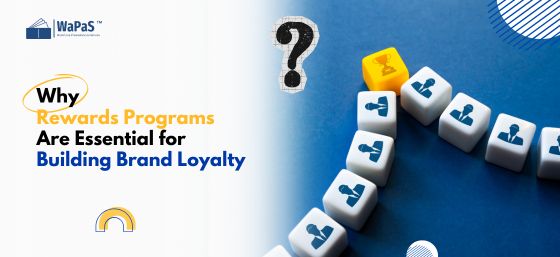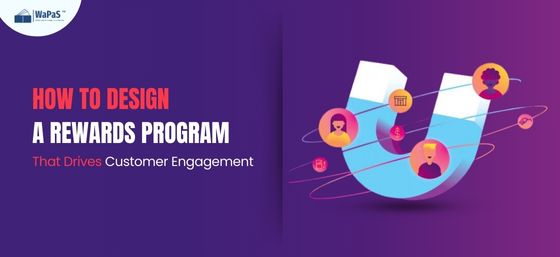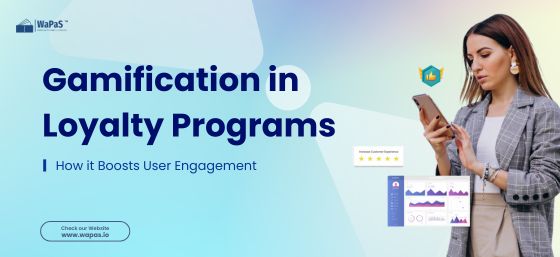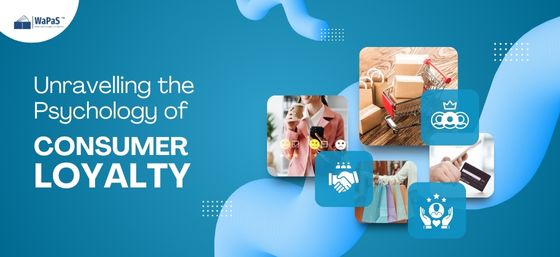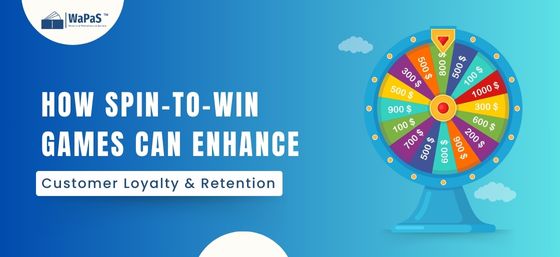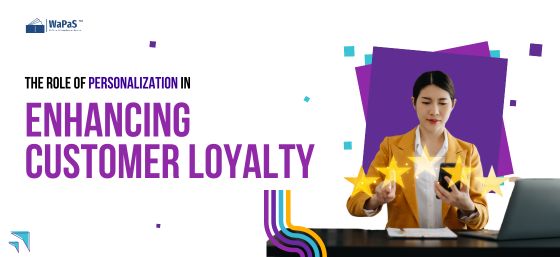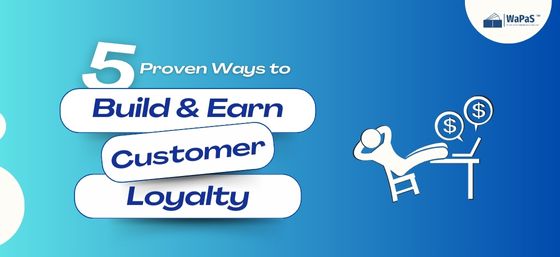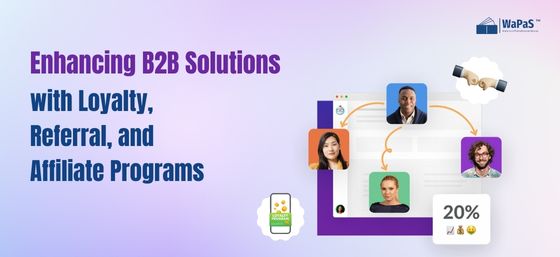How Gamification & Engagement Engines Fuel Product Success
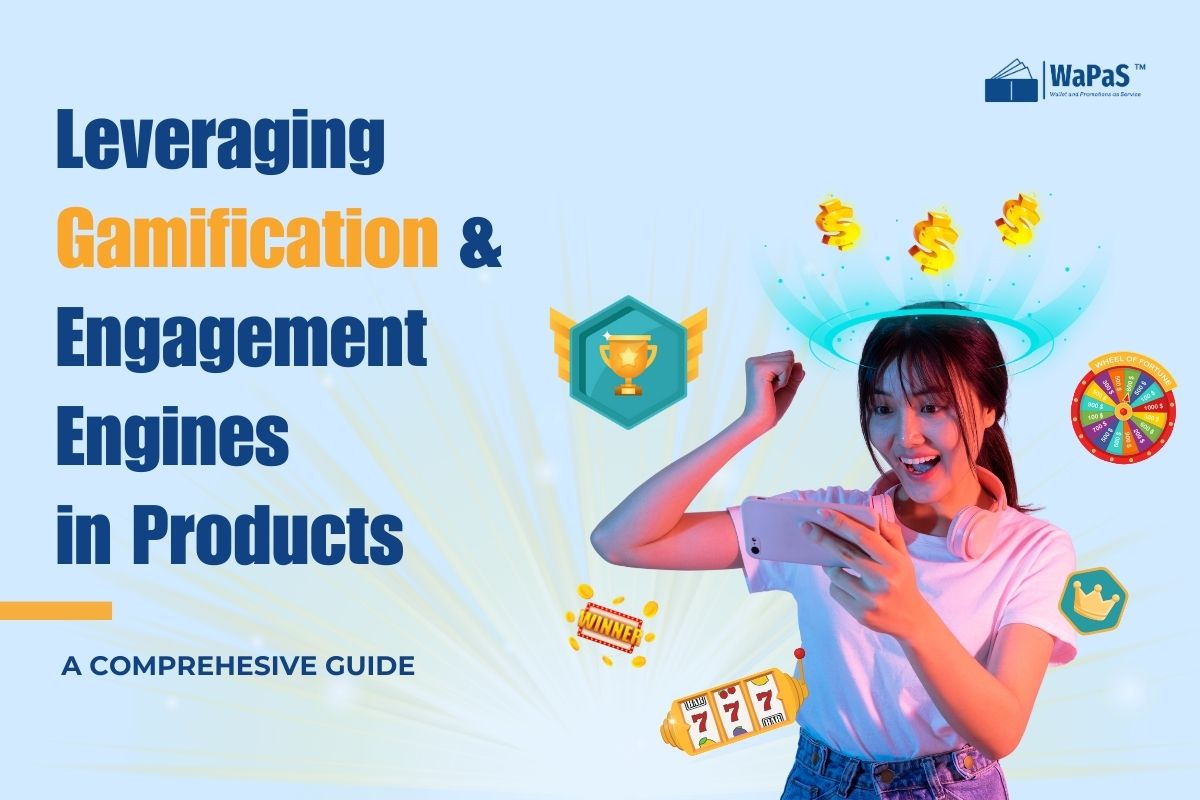
In the digital age, it’s important for any product to keep people interested, whether it’s a game, a coin platform, or a banking app. Games and other tools for interaction are being used by businesses more and more to connect with people and keep them around. People will not only enjoy using your site more, but they will also do what you want them to do, like come back, tell their friends about it, and buy something. We’ll talk about the idea of gamification, how it can be used in different areas, and give you advice on how to use gamification and engagement engines well in this in-depth guide.
At WaPaS, we specialize in helping businesses elevate their customer experience through loyalty programs, rewards systems, and advanced user engagement techniques. We integrate gamification into products and services to help our clients unlock new levels of customer retention and satisfaction. Let’s dive into the key concepts and strategies behind this.
How to Get the Hang of Gamification:
This is when game design and features are used in non-game settings to get people to act and connect in certain ways. People stay interested and have better experiences because of competition, awards, growth, and socializing. For people to do what you want them to do, jobs can be more fun when they are turned into games. These games appeal to their natural needs for success, praise, and socialization.
Parts of Gamification that are Important:
- As a prize, you can give users points, badges, levels, or virtual goods. This makes them more likely to use the product. Prizes should be worth something, possible to get, and connected to certain actions or goals.
- Games: Adding games like leaderboards, jobs, or events that make people compete makes them want to beat each other and do their best. When you fight with yourself or other people, it makes the experience more fun and drives you to do better.
- When you make it clear to people how to move forward or make progress in a program, they are more likely to keep going that way. People will keep using it if they can get new tools, content, or rights as they hit certain goals.
- Making it possible for people to share their successes, work together with friends, or take part in community discussions makes them feel like they belong and encourages them to talk to other people.
Different Fields of Use:
- Games: In games, benefits come in the form of in-game money, experience points, and virtual items.
- To keep things interesting, there are leaderboards, online games, and PvP fights.
- Progression means that you can open new levels, improve your character, and move the game forward.
- Getting to know other people: chat rooms, friend groups, and parties.
- The Crypto Industry gives out crypto coins, loyalty points, and free coins called “airdrops.”
- There are trade tournaments, prediction markets, and betting leaderboards for people who want to compete.
- Progress: There are different levels of involvement, and coins are used to give rewards.
- For social interaction, there are forums, group events, and tools for social trade.
- Fintech: Reward, Cashback, discounts, and prizes for getting friends to use the service.
- Competition: jobs and rankings for the people who spend or save the most money.
- Loyalty levels with better perks and keeping track of your money goals are ways to move up.
- Sharing trading accounts, peer-to-peer loan networks, and money-learning groups are all ways that people can talk to each other.
Putting in Place Tools for Participation and Games:
- Set Goals: As a gamer, you should have clear goals like keeping people longer, getting new ones, or increasing sales.
- Studying Users: Studying users will help you figure out what your audience likes, why they do what they do, and where they are having trouble.
- Come up with Fun Design Mechanics: Pick game features that will help you reach your goals and keep people interested. For each group of people, change the tasks, gifts, and ways to move up.
- Adding Loops for Feedback: It would be great if people could leave comments all the time. To find out how well something is doing, look at things like growth, interest rates, and how happy users are.
- Use Data Analytics: Use data analytics tools to keep track of how users behave, spot trends, and make the game-like experience feel more like a real one. Check out how people play the game to make sure that the prizes and other parts of the game always work better.
The Main Points Are:
- In many areas, gamification and engagement tools can make a big difference in how people interact with and stick with a business.
- Competition, prizes, growth, and social touch are all important parts of gaming strategies that work.
- The game features must meet the wants and needs of every person and business.
- To keep people interested, you need to keep iterating and getting better based on what people say and how you look at the data.
With game-like elements and engagement tools in your product plan, you can make experiences that keep people excited and help your company grow in today’s tough market. No matter if you work in banks, crypto, games, or other fields, gaming can help you succeed and stand out in new ways.
Steps to Take to Make Gamification Grow:
- Reward systems that can grow with your users are called scalable reward systems. Automate the ways you reward users to make sure they do it right and quickly.
- Set up tiers of prizes so that users can get better prizes as they grow.
- Different ways to compete: Make leaderboards that change all the time based on what people do. As people try to move up the ranks, this keeps them interested and makes the fight healthy.
- You can make events or jobs fun for people of all skill levels by changing the levels of difficulty often.
- Paths of Progress That Are More Customized: Use user data and behavior studies to make growth paths more tailored to each person. Share tips and ideas that are based on what each person wants and needs.
- Let people choose how to move forward; that way, they can see different parts of the product on their own time.
- Volunteer to help with events that bring people together and make them feel like they are part of a group. Get people to make their stuff, talk to each other, and work together.
- Giving people special rights, badges, or invites to special events is a good way to thank them for their community service.
In Conclusion:
To sum up, gaming and engagement engines are very important for many types of brands, like games, crypto, and banks, to connect with users and keep them loyal. Businesses can make powerful and interesting places that people will want to go back to by adding things like prizes, competition, growth, and social interaction to product experiences.
Making changes based on feedback and data analysis is important if you want to use gaming well. You should also know what users want and make sure it fits with your business goals. People can stay interested and grow over time with the help of scalable award systems, dynamic competition systems, individual development tracks, and community-building projects. By analyzing feedback and data, WaPaS helps you refine your gamification strategy to align with your users’ needs and business objectives. Whether you’re in gaming, fintech, or crypto, WaPaS offers the tools and expertise to make gamification a key driver of success for your brand.
Businesses that use games as a major strategy can stay ahead of the competition and find new ways to stand out, even as user expectations and technology change. Putting user happiness and participation first is the best way for companies to build long-lasting relationships with their audience and be successful in the digital world of today. Are You Ready to Level Up Your User Engagement?
Frequently Asked Questions
What is gamification, and how does it work in business?
Gamification is the application of game-like elements, such as points, badges, levels, and leaderboards, in non-game contexts to engage users and influence behavior. In business, it encourages customer participation, retention, and conversion by making tasks more fun and rewarding.
How can gamification be implemented in different industries?
- Gaming: Virtual rewards, in-game currency, leaderboards, and progression systems.
- Crypto: Rewarding users with crypto coins, trade tournaments, and loyalty programs.
- Fintech: Offering cashback, discounts, competitions, and loyalty tiers.
- Banking: Rewards for transactions, savings goals, and customer engagement.
What are the key elements of gamification?
- Points, Badges, and Levels: These provide tangible rewards for users' actions, keeping them motivated.
- Games & Leaderboards: Competition among users through rankings or events fosters engagement.
- Progression: Unlocking new content or privileges as users advance in their journey.
- Social Interaction: Sharing achievements, collaborating with others, or participating in community discussions helps users feel more connected.
How can gamification enhance customer engagement?
Gamification creates interactive experiences that encourage users to take specific actions, such as returning to the platform, referring others, or completing desired tasks. By incorporating rewards, progression, and social elements, businesses can build long-lasting relationships with customers.
What steps should I take to implement gamification effectively in my business?
- Set Clear Goals: Define what you want to achieve, such as increased retention, engagement, or sales.
- Understand Your Users: Conduct research to identify what motivates your audience and how they behave.
- Design Engaging Mechanics: Choose game elements and rewards that align with your business objectives and user needs.
- Use Data Analytics: Regularly track user behavior and feedback to optimize your gamification strategy.
